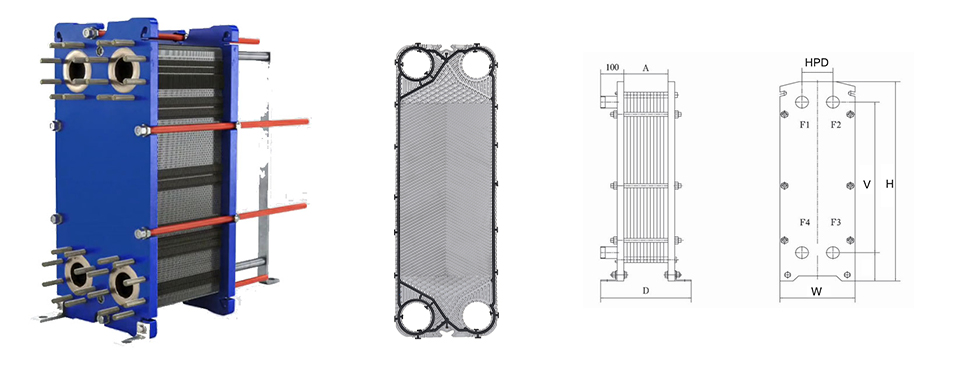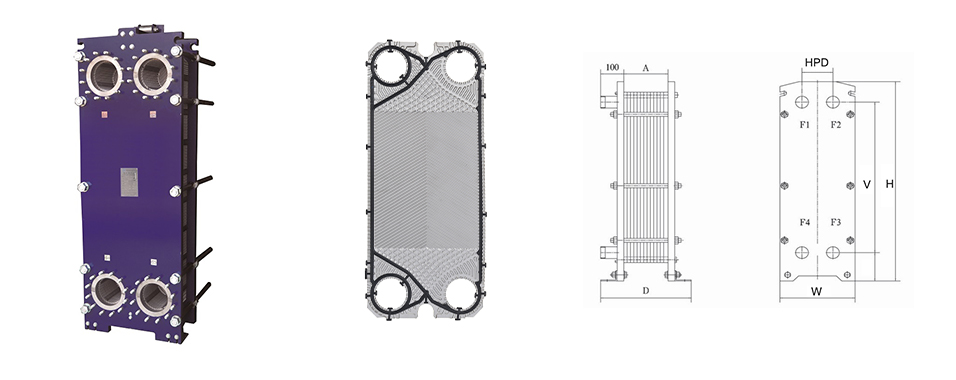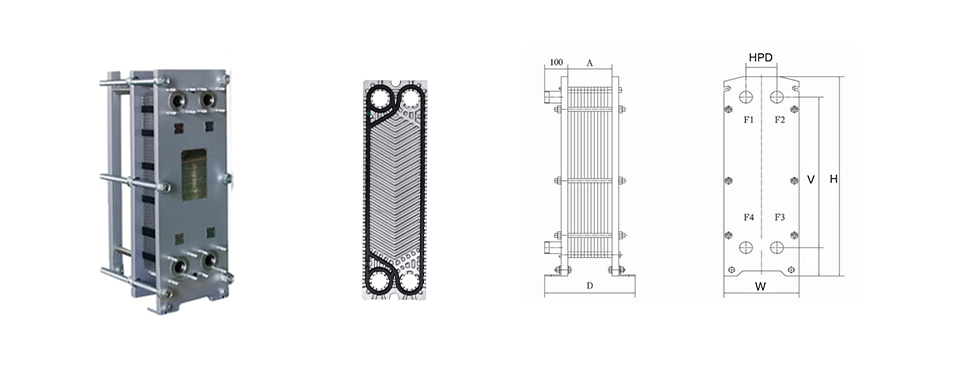Tips in the use of heat exchangers
Heat exchanger is a new type of high-efficiency heat exchanger equipment with high heat transfer efficiency, small heat loss, compact and lightweight structure. The main component is laminated metal sheets with a certain corrugated shape. Due to the long service life, the performance is superior. Heat exchangers are widely used in the fields of chemistry, food, machinery, and medicine. Today, I will share with you some tips on the use of heat exchangers.
1. Pay attention to the cleanliness of the use environment
should not be in a dirty or fouling environment. The temperature during operation should be controlled at about 50°C. If unsoftened cooling water is used as the cooling medium, the plate cooler should be chemically cleaned or disassembled regularly!
2. Deal with leakage in time
If the heat exchanger leaks, find the location of the leak in time, reassemble or replace the gaskets and plates.
3, the connecting pipeline should be properly handled
The connecting pipeline of the heat exchanger should be equipped with a 90° elbow, which can avoid the weight of the pipeline and the force of thermal expansion and contraction directly acting on the connecting flange
4. Drain the sewage in the connecting pipe before starting up
Before starting the machine, open the drain valve to remove the accumulated water and debris in the pipeline to prevent water hammer or dirt from being brought into the pipe.
5. Install a thermometer or pressure gauge at the connecting pipe mouth.
When heating with steam, the condensate temperature should only be slightly lower than the steam temperature (calculated by saturation). If the drop is too large, it means there is water in the device, which will significantly reduce its heat transfer performance. The heat exchanger should be equipped with good condensate removal equipment.
1. Pay attention to the cleanliness of the use environment
should not be in a dirty or fouling environment. The temperature during operation should be controlled at about 50°C. If unsoftened cooling water is used as the cooling medium, the plate cooler should be chemically cleaned or disassembled regularly!
2. Deal with leakage in time
If the heat exchanger leaks, find the location of the leak in time, reassemble or replace the gaskets and plates.
3, the connecting pipeline should be properly handled
The connecting pipeline of the heat exchanger should be equipped with a 90° elbow, which can avoid the weight of the pipeline and the force of thermal expansion and contraction directly acting on the connecting flange
4. Drain the sewage in the connecting pipe before starting up
Before starting the machine, open the drain valve to remove the accumulated water and debris in the pipeline to prevent water hammer or dirt from being brought into the pipe.
5. Install a thermometer or pressure gauge at the connecting pipe mouth.
When heating with steam, the condensate temperature should only be slightly lower than the steam temperature (calculated by saturation). If the drop is too large, it means there is water in the device, which will significantly reduce its heat transfer performance. The heat exchanger should be equipped with good condensate removal equipment.








